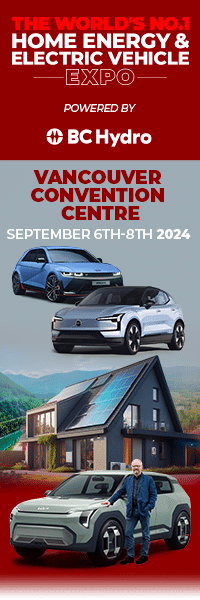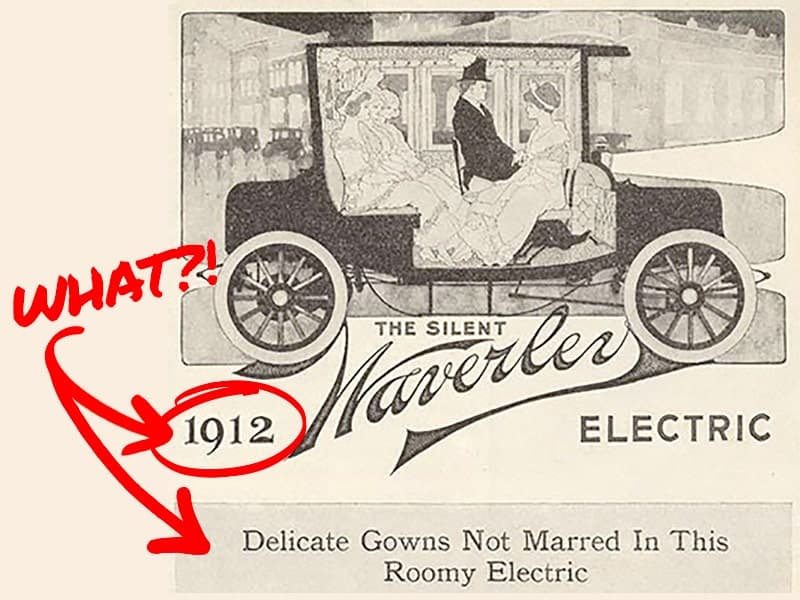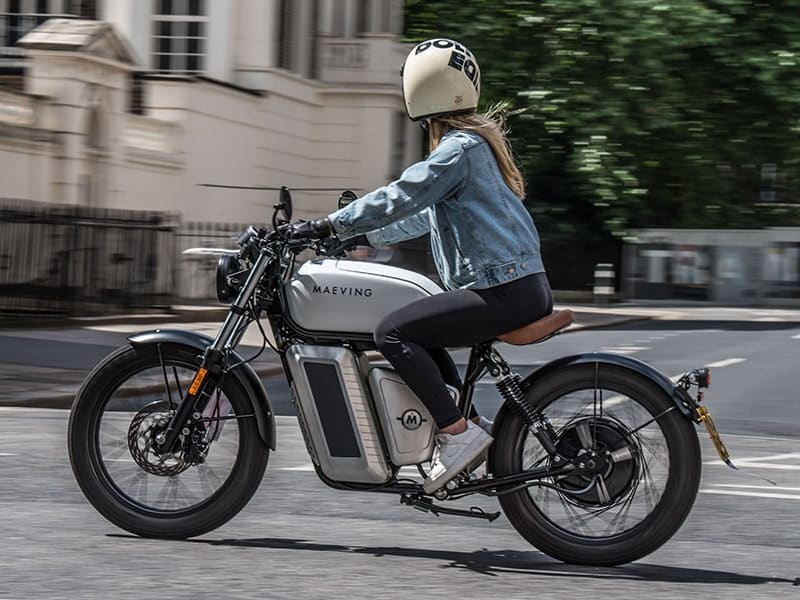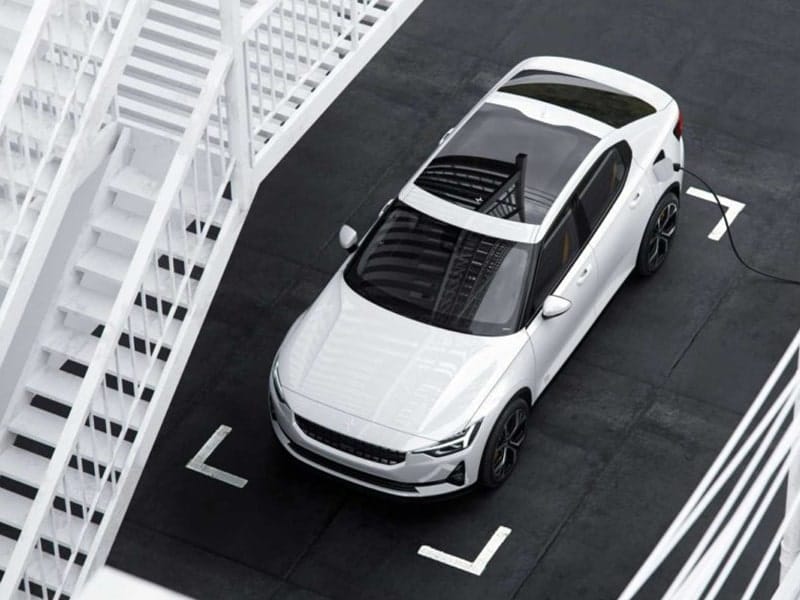
A few weeks ago Oakland, California, became the latest U.S. city to debut a Universal Basic Mobility (UBM) pilot – a combination of policies, funding, and partnerships that aim to provide all members of society with a basic level of access to mobility.
Lack of access poses a major barrier to both economic and physical mobility, so could UBM change cities for the better?
Unlike the better known concept of Universal Basic Income (UBI), which would provide everyone with a basic level of financial support, UBM provides tools to access transportation. In the case of Oakland, 500 residents have been given a prepaid card of $300 a month to spend on shared mobility services and public transit, aiming to help people find better jobs.
According to a survey from the Bureau of Labor Statistics (BLS), transportation is Americans’ second biggest expense after housing, costing roughly 10% of annual income on average, while lower income households spend 30%. For these households, reliable public transportation is essential to avoid the thousands in fuel, insurance, upkeep, taxes, and interest required just to run and maintain a car.
However, over the past few decades, increasingly expensive cities have forced many lower income residents to the suburbs. These areas are rarely served by frequent and reliable transit, and often lack the density of residents to prompt additional services.
With the exception of travel to downtown areas, people who can’t afford a car can be caught by the mismatch between where jobs and services are, and where they can afford to live.
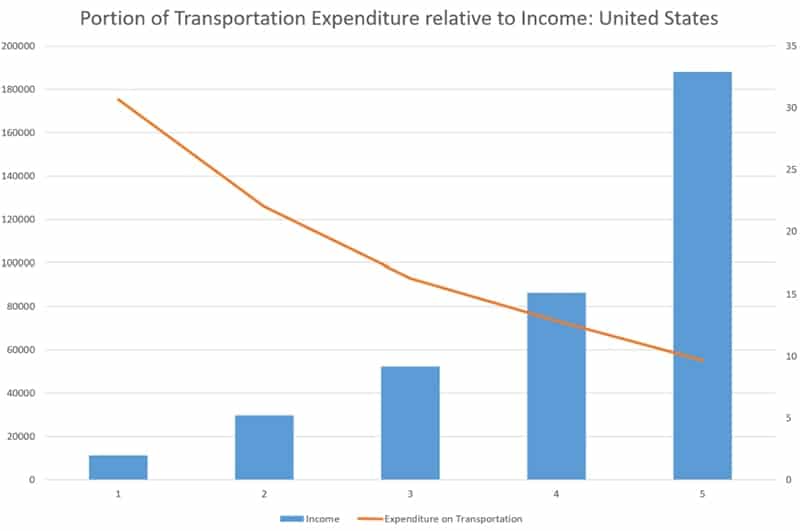
Source: www.itdp.org/2019/05/23/high-cost-transportation-united-states
“In the US, there is a narrative that if people work hard, then they can get out of poverty, but we’ve built cities that make this narrative impossible. For households making less than $20,000 per year, reliable cars are a pipe dream: a huge expense that they can’t afford. Without adequate transit, they will remain stuck in place,” ITDP’s Joe Chestnut.
But since the advent of the car, the physical landscape has evolved around it, resulting in substantial auto-dependence. Governments have facilitated, and in many senses, subsidized single_occupancy vehicle use since the 1950s, from interstate highways to parking lots in downtown areas – both of which uprooted communities and contributed to racial boundaries.
For all its merits, President Biden’s infrastructure bill still prioritizes the car. Roughly 15% of the budget is dedicated to reconnecting communities, public transit and electric buses, compared to almost 40% for roads and bridges. The car is a symbol of freedom to some, and a purveyor of transportation inequity to many.

“Anyone has the right to move. When we think about mobility, we also have to think about immobility. Who doesn’t get to move and why? We need to look at the practical and systemic reasons that stop people from getting to the places they need to go. Only then can we start to redirect investments and remember that core to UBM is that it must be universal and basic without requiring a car,” Benjamin de la Peña, CEO Shared Use Mobility Center.
To some extent, UBM is not an entirely new concept, but rather a redirection of funds motivated by undoing the consequences of previous policies whilst facilitating social and economic opportunities for the currently underserved.
“If parking was charged at the market rate for the rent of the land, then we’d all understand just how much single occupancy vehicle use is currently inadvertently subsidized,” Warren Logan.

Campaigners in Denver 1980: www.dacnw.org/newsletter/history-of-curb-cuts-99-invisible
This does not mean making cars more accessible to more people, or even just addressing public transport. Perpetuating the creation of a world designed for vehicles is arguably the ultimate exercise in generating faff – the equivalent of carrying an entire toolbox at all times when 9 times out of 10 just bringing scissors would have been more than suitable. If toolbox carrying was the day-to-day norm, spaces would have evolved to accommodate everyone’s bulky luggage, or tasks evolved to generally require a screwdriver. For a transport system to be truly robust and genuinely work for everyone, it has to optimize the minimum viable mode for the minimally equipped. In other words, make the most basic steps as easy and convenient as possible. Or, even more simply, design for people first. Consider as an example curb cuts which were campaigned for by the disabled, but benefit everyone.
Horace Dediu, the inventor of the term “micromobility”,makes this point incredibly clear with his proposed method of measuring transport efficiency. The MOT – “Modicum Of Transport” – is equal to 0.1kWh/kgkm, and is the nominal energy cost of transporting one person one kilometer.

Plotting various modes in terms of their ‘MOTz’ score, it becomes overwhelmingly clear that walking, micromobility, and public transit are the winning trifecta worthy of our UBM attention. It is perhaps no coincidence therefore that Universal Basic Mobility has gathered momentum in tandem with scooter and bike-share companies arriving on our streets. In Oakland, scooter companies Lime, Link, and VEO Access have joined the UBM pilot alongside Bay Wheels, and ClipperSTART, which offers discounted rides on Bay Area Transit Services. In Pittsburgh, the Move PGH UBM trial also includes car-shares from Zipcar, electric mopeds from Scoobi and carpool services through Waze Carpool. Universal Basic Mobility pilots are an exercise in forging multi pronged public-private partnerships spearheaded by forward-thinking local governments.
“We want to provide mobility choice across any economic or ability spectrum,” Grant Ervin, Chief Resilience Officer, City of Pittsburgh.
However, for UBM to work in practice for residents it must account for availability and time-based job accessibility as well as affordability. This requires both an injection of cash and a high density of scooters, e-bikes, carshares, and buses at the right time and importantly, in the right places. Today, micromobility and ride-hail providers position their services in areas of high demand in order to guarantee a high utilization rate and profitable operation. These areas are conveniently identified via sophisticated data insights gathered by the scooters, bikes, and drivers themselves. Unsurprisingly, services convene in dense urban centers reflecting and exacerbating existing socio-spatial inequities; a phenomenon more recently termed platform urbanism.
Meanwhile, bus routes’ success is measured in terms of productivity (the ridership per unit cost of service), achieved via a careful choreography of operating at a slow speed, over short distances, through easily walkable areas and generally following as straight a line as possible. If you live in the suburbs, without sidewalks (as is true for more than 50% of roads in some cities), without a car, and need to trip-chain to get to work within a reasonable time frame; then options are limited simply because the system is not profitable when serving your particular needs.
“Operators so often tailor to the easiest customers. Whilst this is a good business model, it doesn’t mean it’s the only one. Operators need to think about customer segments they’re missing and see them as sources of potential value – look at the growing aging population for example,” Mouchka Heller, World Economic Forum.
Universal Basic Mobility’s whole raison d’etre is to advance social and economic outcomes for underserved residents, and so all participating services must be bought into the same objective for UBM to work beyond its trial period. In Atlanta, increasing the availability of public transit by 40% could increase an individual’s access to jobs within 30 minutes by a factor of 10. This not only allows residents to access more jobs, but employers to access a bigger talent pool, and businesses to cater to more customers. Throw into the mix spatial agglomeration, in which the productivity of a community benefits from clustering of activities around transportation hubs, and the effect is exponentially positive.
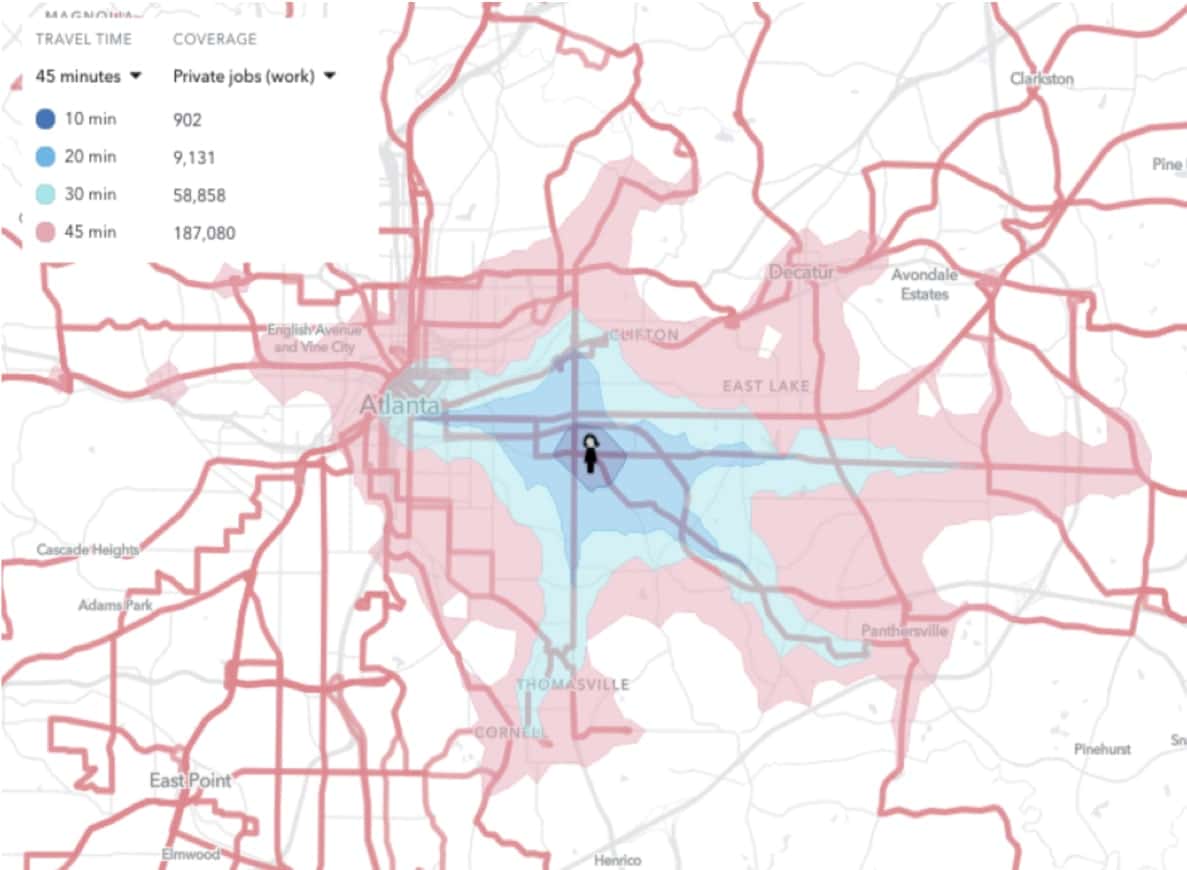
Universal Basic Mobility public-private partnerships offer cities a chance to look holistically at their entire transportation network and collectively agree to measure its success not on the direct profitability of each service, but on the broader and indirect positive economic outcomes it stimulates. According to Harvard Economics Professor Raj Chetty, shorter commute times are a significant predictor of upward economic mobility and decrease unemployment rates in disadvantaged communities. Via, an on-demand shuttle and software company, plugs gaps in transit networks bolstering existing services. “Our TransitTech platform powers cost-effective, convenient, and equitable mobility across the globe,” Via website. The company, which just raised $130 million, pushing its valuation to $3.3 billion, is perhaps a perfect hybrid of the publicly minded, private Mobility as a Service (MaaS) company we need to sustain UBM ideals.
If the metrics of Universal Basic Mobility are successful and felt equitably, then UBM should in theory stimulate cities to evolve around them in the same way they did for the car. Think tree canopied scooter and bike lanes on every block. Buses that are so perfectly synched with your cycle, you never clock waiting. Mini Buses that arrive at your door to seamlessly connect you to the bus rapid transit route. And this needn’t be limited to traveling to places, but things and services also moving to us. The result is a dynamic and self organizing mobility network that continually adapts to reflect the ebbs and flows of all its citizens’ needs.
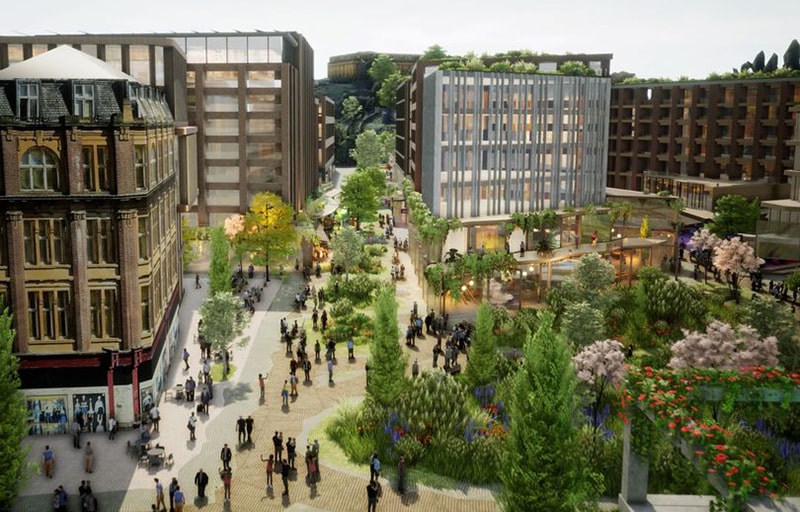
Image: Nottingham City Council / www.thenottinghamproject.com
Standing in the way of this vision is the currently unrivaled convenience of jumping in the car instead of walking or scooting to the bus. If universal basic mobility is indeed about leveling a playing field, do incentives need to be matched by disincentivizing the privately-owned car for everyday trips?
I’m reminded of a study from 2017 which proved that pedestrians standing on both sides of the escalator move more people more quickly than using one half for standing and one side for walking. Apparent inconvenience for a handful may turn out to be significantly more efficient for the many; whilst only calling for a moderate change in behavior. For even the most altruistic of car owners, convenience and comfort will nearly always win in the transport decision making process. In Tallinn, the capital of Estonia, removing fares for bus travel increased the number of bus passengers from 55% to 63% but saw only a marginal decrease in car journeys from 32% down to 28%. The increase in bus travel was attributed to those who already walk or cycle.
Convenient multimodal solutions to get people out of their single occupancy, privately-owned vehicles may just be jostled along by the tailwinds of pressure to tackle air pollution and congestion, coupled with changing working patterns. Since the start of the Covid-19 pandemic, some public transit authorities have spread commuter peaks throughout the day, more people are working remotely requiring goods and services near their homes and sparking an astonishing rise in everything on demand, and office buildings are being repurposed for accommodation. The shifting balance of both where people are, and where they need to be makes the multimodal retrofit on the car-centric city perhaps an easier sell.

However, if cities can make car ownership implicitly inconvenient by design, the battle for conditions to make UBM a success disappear. The 15 minute city concept, popularized by the Mayor of Paris Anne Hidalgo in 2020, describes an ideal geography in which most human needs and desires can be met within a radius of 15 minutes without using a car. Whilst public transport can be used within the 15 minute city, it cannot define its urban scale or form. Instead, the location of goods and services is determined by how long it takes to walk or cycle there.
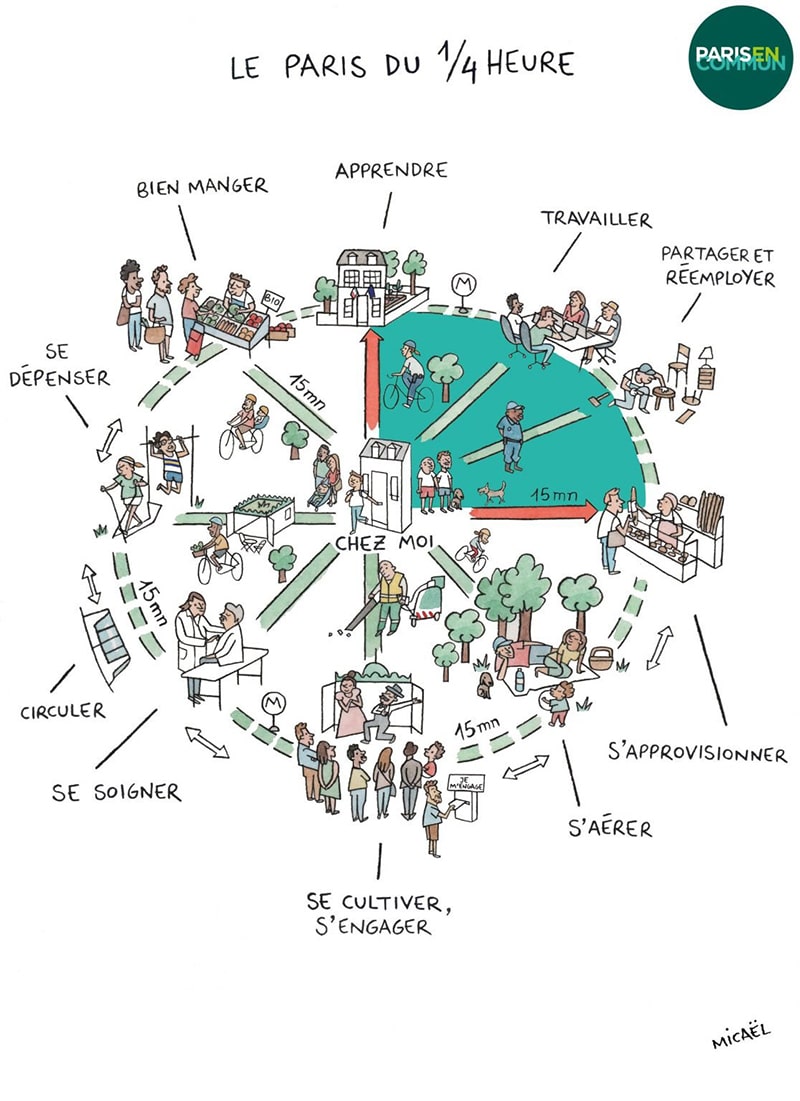
Transportation equity is not a discrete problem. It poses a barrier to accessing everything that constitutes a good quality of life; healthcare, fresh food, public Wi-Fi, friends, education, jobs, and voting. If everything is brought within a 15 minute radius, not only does car ownership become widely unnecessary, prompting the provision of a critical mass of multi-modal solutions, but the major issue of proximity which creates transportation inequity in the first place disappears. The city becomes implicitly inclusive.
Of course, this version of events cannot take place without thinking about land use and affordable housing. Mobility as a Service democratized via Universal Basic Mobility mechanisms remains a techno optimist’s quick fix for the future if it doesn’t also consider the comparatively slower rate of change that comes with building the physical world. As an interim step, UBM reduces perceived distance.
Universal Basic Mobility is an encouraging acknowledgement of the role transportation plays in fostering opportunity. Is it a silver bullet? I’m not sure. Maybe what’s more powerful is its ability to unearth positive outcomes and wrongs that can be righted – the promise of an inclusive city serving as the proverbial carrot on a stick for urban planners, with MaaS and UBM data as the fuel for the journey. Cities are not architectural or mathematical problems to solve. Prescribed cities fail time and time again, and instead unfold messily and organically according to how we move around them (note Brasilia’s Cautionary Tale). Perhaps transportation that is genuinely universal and basic in its nature is the necessary current required to forge a physical and digital landscape that, this time, is truly people first.
About the author
Imogen Pierce works in sustainable mobility and future technology for Fully Charged. She is an alumni of electric vehicle startup Arrival where she was Head of City Engagement and Integration working with cities to understand, develop and accelerate their future mobility ambitions. Imogen has also worked in Experience Strategy looking at future technology and mobility trends. Prior to Arrival, Imogen was an aerodynamicist at Jaguar Land Rover before running the company’s technology and innovation communications. She can be found on Medium musing and wittering about sustainable mobility.
